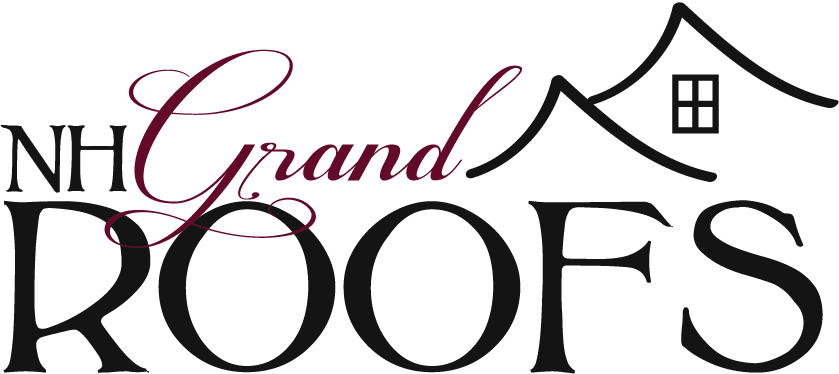Attic Ventilation and Why It’s Important
Attic ventilation may not be something you think about every day, but an improperly ventilated attic can cause a variety of problems in a house. Good attic ventilation keeps moisture out of the attic and prevents mold from growing. So, what exactly is attic ventilation and why is it important to your home?
What is attic ventilation?
Attic ventilation is a system that allows your house to breathe. This is done by pulling fresh air in through intake vents that sit low along the soffits. While allowing heat to exit through exhaust vents that sit up high at the peak or roof ridge.
How does attic ventilation help protect your roof?
Without proper ventilation, hot and cold air becomes trapped, ultimately shortening the lifespan of your roof. That trapped air can cause extensive damage to your roof. Leading to a full roof replacement before it should be needed. In New Hampshire for example, we experience hot summers and cold winters, which can lead to heat and moisture buildup in an attic.
What does this mean exactly?
When it is hot outside
Extensive sun exposure to a roof on a hot day can increase the attic temperature. Without proper attic ventilation to pull the hot air back outside, that heat would then radiate down into the finished living space. Making it more difficult and costly to keep the air/temperature inside your home comfortable. In an improperly ventilated attic, the humidity we experience during the summer months would lead to moisture build up. Ultimately deteriorating the roof system, attic insulation, and structural elements, or causing mold and mildew buildup.
When it is cold outside
In the colder months, when the weather drops below freezing, warm air from the heated living space will escape into the attic. Causing condensation, which when trapped, can cause your roof’s decking to swell and become wavy. When the warm air rises into the attic space, it will also begin to heat the underside of the roof deck. In the case that there is snow accumulated on the roof, this will lead to melting, which ultimately refreezes into ice once the sun goes down. As this happens repeatedly, ice dams can form along the eaves, blocking the escape of water runoff. When the water has nowhere to go, it can back up under the shingles. Causing water overflow into exterior walls or the attic space.
What are the signs of improper ventilation?
Some of the most common signs of improper ventilation include:
Noticeable buildup of ice along the edge of your roof in winter months
A waved (or rippled) appearance to your home’s roofline and shingles
Increase in household heating and cooling bills
Dampness, water stains, frost, mold, or decay on the attic side of your roof’s structure.
If you are noticing any of the above signs of improper ventilation, we recommend getting in touch with the professionals here at NH Grand Roofs immediately. We can perform a roof inspection to let you know the extent of the damage and how it can be properly repaired to avoid similar scenarios in the future. For your free cost estimate please call us at (603) 552-7152 or email info@nhgrandroofs.com.

